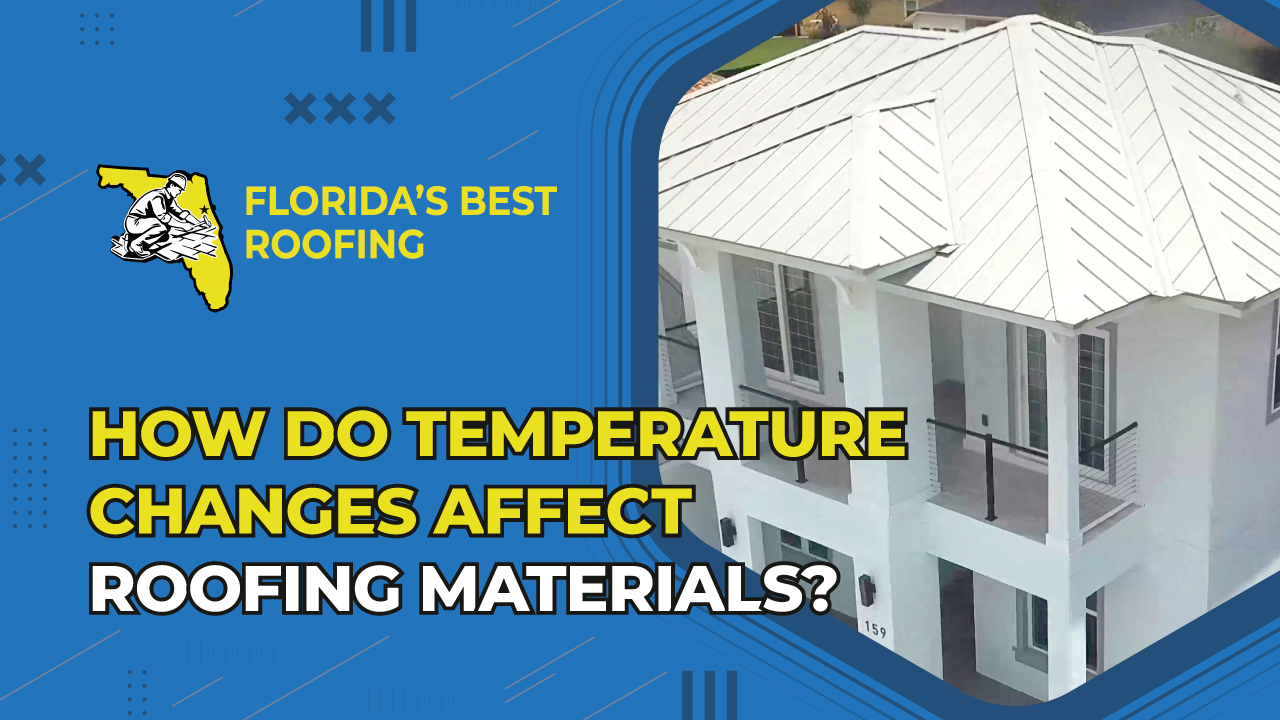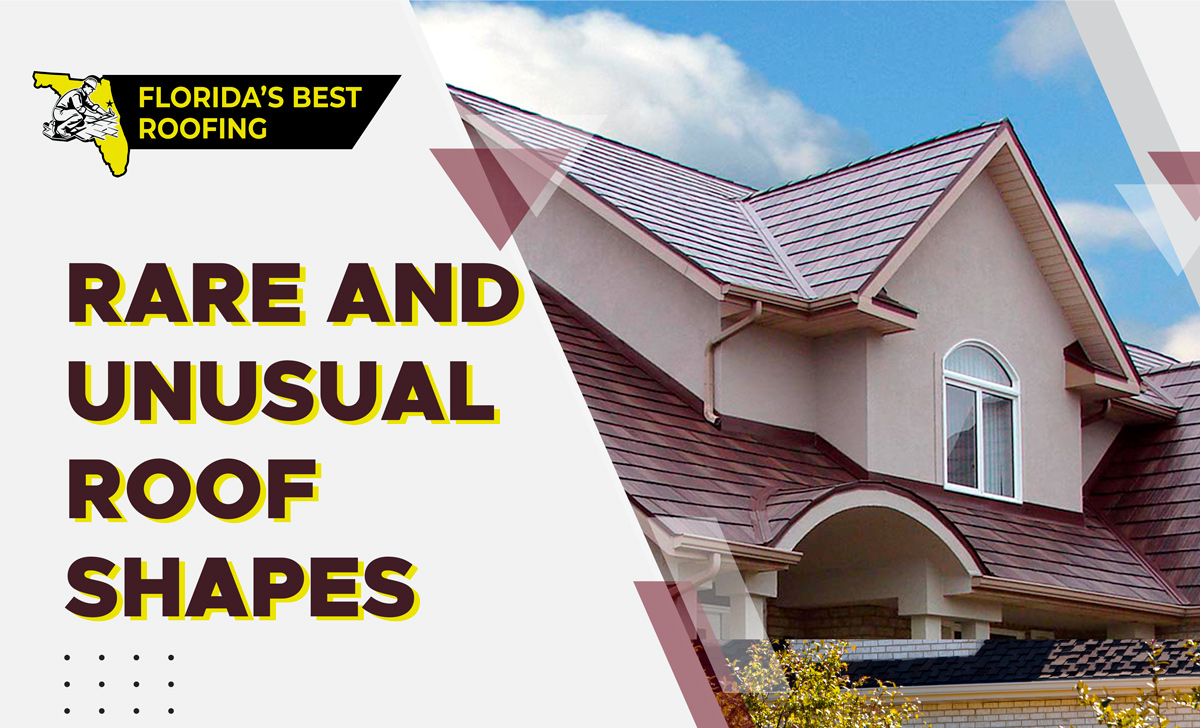How to Get Your Roof Ready for the Winter?
As the temperatures drop and the days get shorter, it’s time to start thinking about preparing your home for the winter season. One essential aspect of winterizing your home is ensuring your roof is ready to withstand the harsh weather conditions that come with the colder months. A well-maintained roof is crucial for keeping your home warm, dry, and free from potential damage caused by snow, ice, and freezing temperatures. In this blog post, we’ll provide you with a comprehensive guide on how to get your roof ready for the winter.
Inspect Your Roof
Before winter sets in, it’s essential to inspect your roof thoroughly. Look for any signs of damage, such as missing or damaged shingles, cracked flashing, or loose gutters. Check for leaks or water stains on your ceiling, as these can indicate a problem with your roof’s integrity. If you’re not comfortable with this task, consider hiring a professional roofing contractor to conduct a thorough inspection.
Clean Your Gutters
Clean and clear gutters are essential for proper water drainage from your roof. Leaves, debris, and even small animals can clog your gutters, causing water to back up and potentially damage your roof. Before winter arrives, make sure to clean your gutters and downspouts to ensure water can flow freely.
Trim Overhanging Tree Branches
Overhanging tree branches can pose a threat to your roof during winter storms. Heavy rain and ice can cause branches to break and damage your roof. Trim back any branches that hang over your roof to prevent potential problems.
Check for Proper Insulation
Proper insulation in your attic helps regulate temperature and prevent ice dams from forming on your roof. Ice dams occur when warm air from your home rises and melts snow on the roof. The melted snow then refreezes at the eaves, causing ice dams that can damage your roof and lead to leaks. Ensure your attic is well-insulated to keep warm air from escaping into your attic space.
Seal Any Gaps and Cracks
Inspect your roof for any gaps, cracks, or holes in the roofing materials or flashing. These openings can allow cold air and moisture to enter your home, leading to increased energy bills and potential water damage. Seal any gaps or cracks with appropriate roofing sealant or caulk.
Check Your Attic Ventilation
Proper attic ventilation is crucial for maintaining a stable temperature and humidity level in your attic. Without proper ventilation, warm air from your home can become trapped, leading to moisture buildup and potential damage to your roof. Ensure that your attic has adequate ventilation to prevent these issues.
Repair or Replace Damaged Shingles
If you notice damaged or missing shingles during your roof inspection, it’s essential to address them promptly. Damaged shingles can lead to leaks and further roof deterioration during the winter. Replace any missing or damaged shingles to ensure your roof’s integrity.
Insulate and Protect Skylights
Skylights can be a source of heat loss in the winter. Consider adding insulation around skylights or installing a cover to reduce heat loss and prevent condensation.
Install Ice and Snow Guards
Ice and snow guards are devices that prevent snow and ice from sliding off your roof suddenly, which can be dangerous and cause damage to your property. Install these guards in areas where falling snow and ice could pose a hazard.
Schedule Professional Maintenance
If you’re unsure about the condition of your roof or if it requires extensive repairs, it’s a good idea to schedule a professional roof inspection and maintenance. Experienced roofing contractors can identify issues that might not be apparent to homeowners and provide recommendations for necessary repairs or upgrades.
Getting your roof ready for winter is an essential part of preparing your home for the colder months. By following these steps and conducting a thorough inspection, you can ensure that your roof is in excellent condition and capable of withstanding the challenges that winter weather brings. A well-maintained roof not only keeps your home warm and dry but also protects it from costly damage. Don’t wait until the first snowfall to address roof issues; start your preparations now to enjoy a cozy and worry-free winter season.
If you have any questions about roofs or need a roof repair, we would be happy to help you out. Florida’s Best Roofing, Inc. is a fully licensed (CCC 1325974) and insured, local roofing contractor with decades of experience. If you are interested in roof replacement or repair and you are in the Palm Coast, Flagler, or Volusia area, please give us a call at 386-263-7906 for a free estimate!


